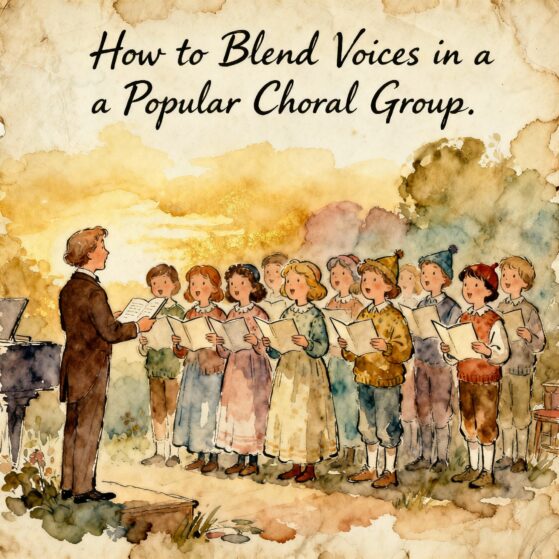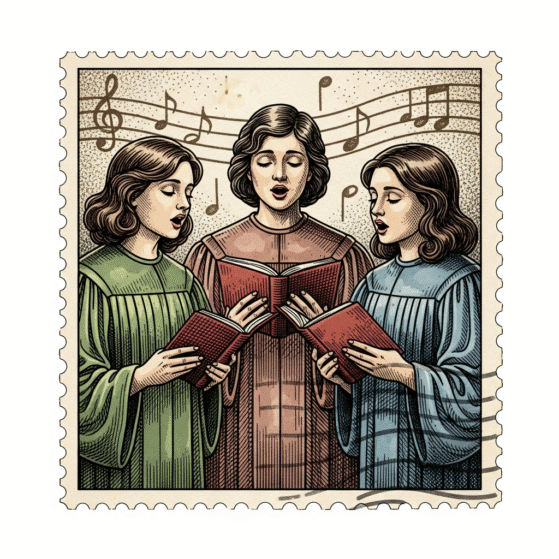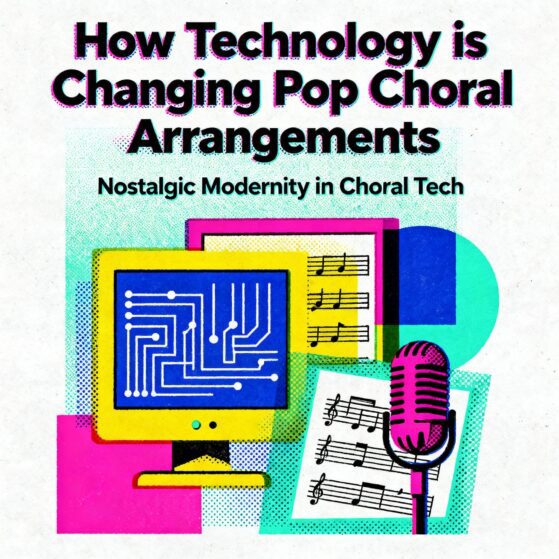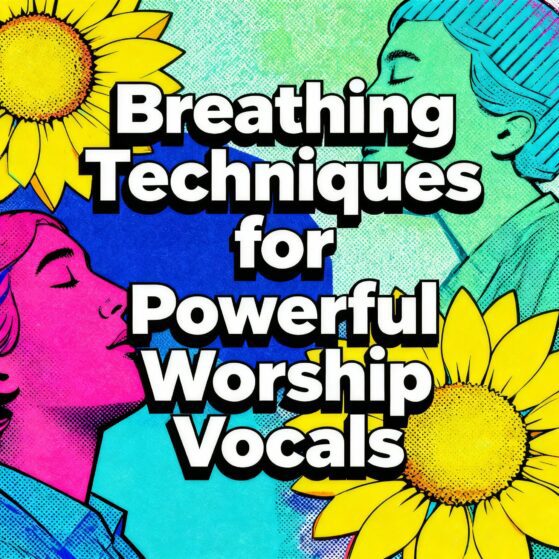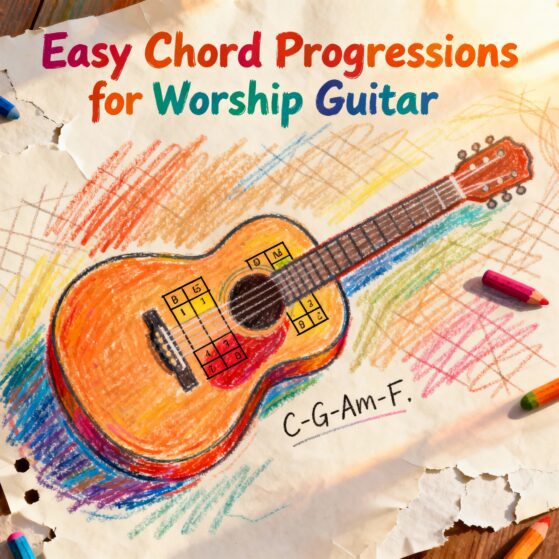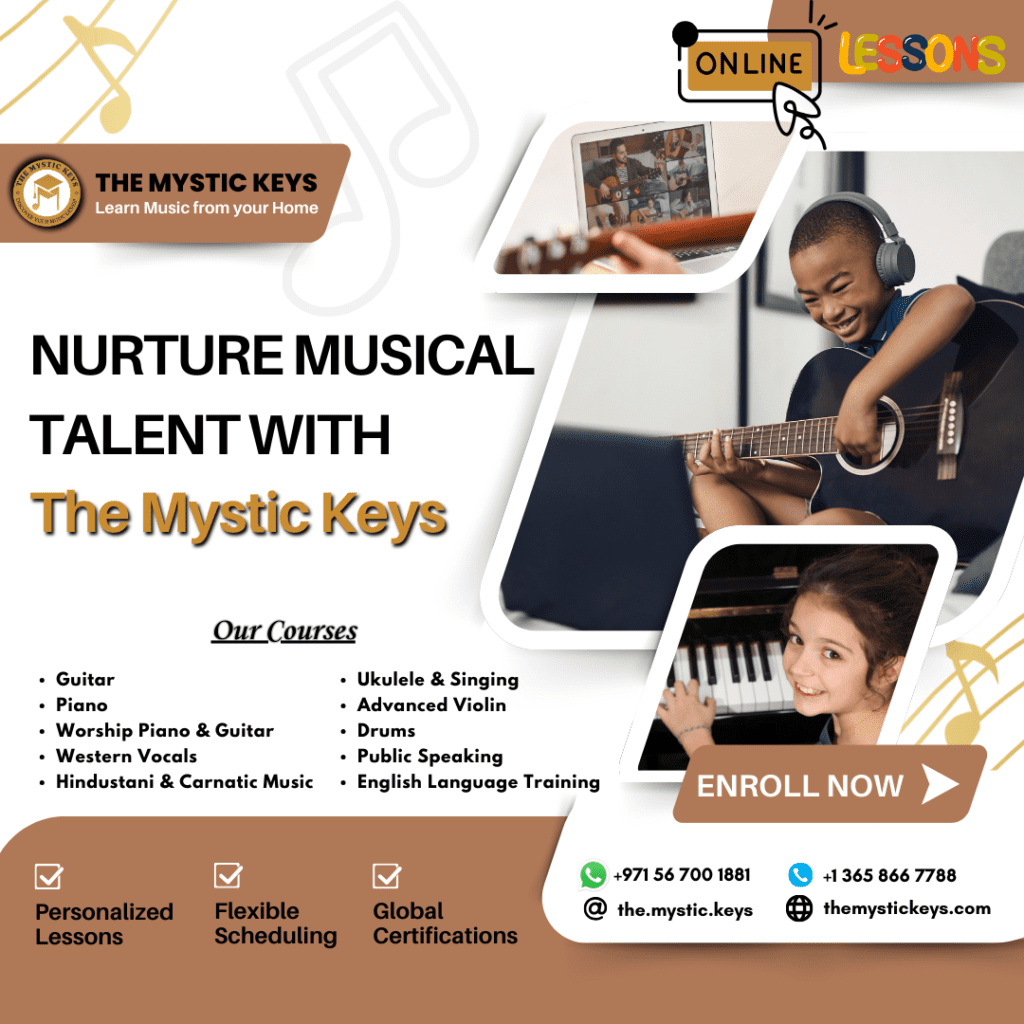The Guide to Music Theory
This Music Theory Guide is perfect for beginners who want to understand how music works—from notes and scales to chords and rhythm. It lays a strong foundation that helps musicians of all levels gain clarity and confidence in their playing, composing, or singing.
Music theory is like learning to read and write in a new language. It might seem challenging at first, but with the right Music Theory Guide, it becomes much easier—and once you get it, it unlocks a whole new world of musical understanding.
Even if you’ve been making music for years, revisiting the basics can sharpen your skills and deepen your musical understanding. Let’s dive in and explore the essential elements that make music so powerful and expressive.
Let’s dive in!
1. What Is Music Theory?

Music theory is the study of how music works. It provides the rules and tools to:
- Read and write music
- Understand melody, harmony, and rhythm
- Compose or improvise your own music
- Communicate with other musicians
- Pass music exams or certifications
Think of theory as your musical GPS—it tells you where you are and where you can go next.
2. The Musical Alphabet: Notes & Pitch
A, A♯/B♭, B, C, C♯/D♭, D, D♯/E♭, E, F, F♯/G♭, G, G♯/A♭
- These repeat in higher or lower octaves.
- Notes are the building blocks of music.
- Pitch refers to how high or low a note sounds.
- On a keyboard, each key is one half-step (semitone) apart.
Learning these notes helps you understand scales, chords, and keys.
3. Scales: The Foundation of Melody

A scale is a sequence of notes in a specific order.
🎼 Most common scale:
- Major Scale (Happy Sound)
Formula: Whole – Whole – Half – Whole – Whole – Whole – Half
Example in C Major: C – D – E – F – G – A – B – C
- Minor Scales (Sad/Mysterious Sound)
Example: A – B – C – D – E – F – G – A
Other scales include:
- Chromatic
- Pentatonic
- Blues
- Modes (Dorian, Mixolydian, etc.)
Knowing scales improves your melody writing, improvisation, and finger movement.
4. Intervals: The Distance Between Notes
An interval is the space between two notes.
🎶 Examples:
- Unison (same note)
- Major 2nd (e.g., C to D)
- Perfect 4th (C to F)
- Octave (C to C, one higher)
Understanding intervals helps with:
- Pitch recognition
- Harmony
- Singing and playing accurately
- Ear training
5. Chords and Harmony

A chord is when you play 2 or more notes at the same time.
Common Types:
- Major Chords = bright/happy
- Minor Chords = emotional/sad
- Diminished, Augmented, 7th chords = add tension or flavor
- A chord progression is a sequence of chords that form the harmonic base of a song.
- 🎸 Example: C – G – Am – F (used in many pop songs!)
6. Time Signatures and Rhythm
Time signature tells you how music is counted.
🥁 Common Signatures:
- 4/4 (most popular – 4 beats per measure)
- 3/4 (waltz – 3 beats per measure)
- 6/8 (used in ballads or faster folk songs)
Note values:
- Whole = 4 beats
- Half = 2 beats
- Quarter = 1 beat
- Eighth = ½ beat
- Sixteenth = ¼ beat
Practice clapping or tapping to internalize rhythm. Rhythm is what makes music move.
7. Key Signatures and Tonality

A key tells you the tonal center of the song—what scale it’s built on.
- C Major has no sharps or flats
- G Major has one sharp (F♯)
- F Major has one flat (B♭)
Every major key has a relative minor (e.g., A minor is the relative minor of C major). Understanding key signatures helps you:
- Transpose songs
- Write chord progressions
- Stay in pitch
8. Musical Notation: Reading and Writing Music
Sheet music uses a staff (5 lines) with notes, rests, and symbols.
Symbols You’ll Learn:
- Treble Clef (for higher-pitched instruments/voice)
- Bass Clef (for lower instruments)
- Notes and rests
- Dynamics (loud/soft)
- Articulations (staccato, legato)
- Tempo markings
Reading music is a universal skill—it connects you to musicians globally.
9. Advanced Concepts (Optional for Beginners)

Once you’ve mastered the basics, you can explore:
- Modes (e.g., Dorian, Lydian)
- Modulation (changing keys)
- Counterpoint (two melodies at once)
- Jazz chords and voicings
- Composition and orchestration
Music theory is endless—but also endlessly fun and rewarding.
🎹 Learn Music Theory the Right Way with The Mystic Keys
At The Mystic Keys, we help students of all ages and skill levels learn music theory in a simple, interactive way. Whether you’re preparing for Trinity exams or just want to understand what you play, our one-on-one Zoom lessons serve as a personalized Music Theory Guide, making complex concepts easy and enjoyable to grasp.
- 🎶 Keyboard, Guitar, Vocals, Drums, Theory & More
- 📚 Trinity-based theory from beginner to advanced
- 🧠 Personalized notes + ear training + song application
- 📩 Flexible scheduling with class recordings
- 👨🏫 Trinity-certified teachers with years of experience
We believe theory isn’t dry—it’s the magic behind the music.
🌐 Learn more at The Mystic Keys
🎵 Conclusion: Your Musical Mind Starts Here

Music theory is like learning to read and write in a new language. It might seem challenging at first, but with the right Music Theory Guide, it becomes much easier—and once you get it, it unlocks a whole new world of musical understanding.
Whether you’re a singer, composer, hobbyist, or performer—knowing theory gives you power. Start small, stay consistent, and let your knowledge grow with your sound.
🎶 You’re not just learning music—you’re learning how music works.
Explore Western Vocals Lessons Online designed to help you improve your musical timing with techniques like metronome practice, tapping, and rhythm drills for better accuracy.
For more information and exciting resources about learning music, visit our website at The Mystic Keys. For more music content and exciting offers follow us on
Facebook, Instagram, YouTube, LinkedIn, Twitter, Pinterest, Reddit, Threads,
and Quora.
Related Blogs
Playing a musical instrument is a deeply rewarding pursuit, blending artistry, skill, and discipline into a lifelong journey. Whether you’re just starting out or have years of experience, there’s always room for growth.
Choosing the right instrument is one of the most exciting steps in a beginner’s musical journey. Whether you’re a parent enrolling your child, a teenager chasing a passion, or an adult reigniting an old dream, the first instrument you choose plays a big role in your learning experience.
When starting your musical journey, choosing the right instruments best for beginners is crucial to ensuring an enjoyable and rewarding learning experience. Selecting an instrument that suits your personal preferences, physical abilities, and musical goals can significantly impact how motivated you stay and how quickly you progress.



